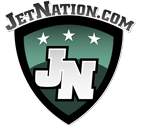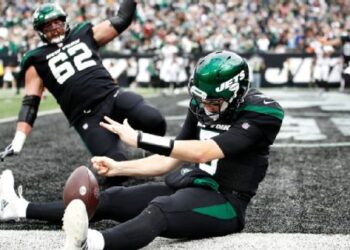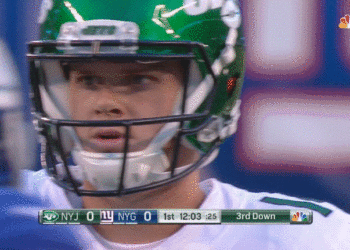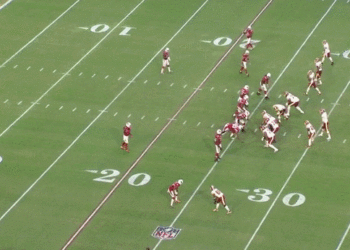Gase’s Offense: Tannehill/Osweiler Held Him Back (Final- Part 7)
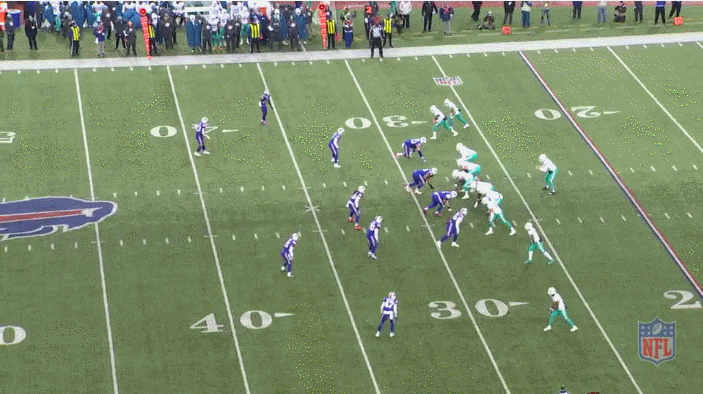
Welcome to part 7 and the final installment of the series about the faults with Ryan Tannehill and Brock Osweiler, with regards to how it limited the effectiveness of Adam Gase’s offense. We will discuss the issues with the offense itself in a later series, while also discussing the bright spots within the same offense. Please don’t take this article as an excuse for Adam Gase, since he’s far from perfect, but this is just about how his quarterbacks held him back.
Final Thoughts on how the Quarterbacks in Miami let down Adam Gase:
The system isn’t foolproof nor abundantly innovative, but it should have garnered better results than what the Dolphins stat lines show. There are too many instances where Tannehill or Osweiler just didn’t read the plays in time, and/or made terrible throws. I’m not absolving the system of any issues, because there are reasons for concern, but we’ll dive into that later in the off-season.
Ryan Tannehill: You can clearly see why he’s relegated to backup duty in Tennessee now, because he can’t put the mental aspect of the game together in time. If you are going by physical ability, he has it in abundance to be an above average QB. However, his inability to process defenses as the play breaks down or make the correct pre-snap reads hamper the offense to a considerable length. He’s essentially Blake Bortles before Blake Bortles, because his physical gifts tend to give hope, but something is missing on game day. There were too many instances where you could see him hesitate to throw the ball on time, which caused him to get sacked or allow the defensive players to recover. The progression reads are terrible, although Dolphin fans won’t miss a beat with one read gunslinger Ryan Fitzpatrick coming to town. While not shown to a great length in the article, he also has some major problems with ball placement regarding receiver position. For example, if the cornerback has inside leverage on a go route, the ball must be placed towards the outside. However, Tannehill would throw passes where the receiver has to act as the defensive back to prevent interceptions. The other big issue with him would be the lack of pocket presence, although the offensive line was terrible.
Brock Osweiler: He had a great game against the Bears, but the reality is that he’s a borderline player in the league. He is another player that showed delayed reactions, but with far worse throws to open receivers. It’s telling that the Jets didn’t bring him in as a backup option, rather opting for Trevor Siemian to serve as insurance for Sam Darnold. Siemian doesn’t have the physical tools of Osweiler or Tannehill but he’s much better at reading plays and anticipating windows, which help make up for rather average arm.
This article is only dealing with how the system was let down, so I’ll go into specifics with a couple of receivers. Later in the off-season, I’ll go into details about some route concepts and play-calls that failed the Dolphins.
Devante Parker: I was extremely high on the receiver in the draft, comparing him to someone like AJ Green as his ceiling, but he’s been an utter disappointment. Part of it is the QB group just not being able to get him the ball consistently, but a good chunk of the blame falls on the receiver. He seems to have major trouble cutting to his right, and slows down considerably out of his breaks.
Kenny Stills: The No. 1 receiver by default last season is essentially a one trick pony with his deep route speed. He works great when he plays the slot and can keep the safeties honest, but he’s not refined enough to carry a receiving core.
Danny Amendola: A quintessential slot receiver, but couldn’t take advantage because teams didn’t fear the other receivers. He needs consistent deep threats or running game to remove linebackers from the middle of the field, and the Dolphins had neither.
Mike Gesicki: A tight end with immense potential coming out of the draft, but it just doesn’t show up on tape. He’s running terrible routes or flat out losing his balance coming out from the line of scrimmage. I just didn’t see the physical ability show up on tape at all.
Overall, the offensive personnel with the Dolphins didn’t match, and it flows down from the QB. Ryan Tannehill wasn’t good enough to elevate the players around him, which is something Jets fans are familiar with in their QBs up until last season. The biggest problem was Parker just not living up to the hype, because they set the receivers up as if Parker would be the No. 1 option. With a mediocre QB, and the lack of weapons, there isn’t a system out there that would have allowed for this offense to thrive.
The Jets are set up better than the Dolphins for the system for various reasons:
Sam Darnold: I don’t want to elevate a good ending of the season from Darnold to mean he’s a top tier QB in the league now, but he’s shown skills that should translate to the system. He is much quicker at progression reads than either of Miami’s QBs last year, with enhanced ability to throw while on the run. It’ll be crucial for Darnold to lock down timing with his receivers in the off-season, and learn the progressions for the system.
Robby Anderson: He is rightfully excited about the system, because they tend to push the ball down the field, especially on short yard situations. Anderson could thrive in such a system, especially if the offense is more spread out.
Quincy Enunwa: He’s going to be a major X factor on offense because he offers a rare combination of speed and ability to block.
Jamison Crowder: I believe he’s going to be the biggest beneficiary in the receiving core, because these deep routes tend to leave shorter routes in the intermediate areas open. Someone like Crowder can thrive in an offense that pushes the safeties back, and gives one on one match ups.
Chris Herndon: He’s the one receiver I’m worried about with this transition, because the Dolphins didn’t incorporate their young tight end into the offense much last year. Part of the problem stemmed from Mike Gesicki running terrible routes or looking off-balanced, but Herndon’s involvement in the offense would be interesting.
Le’Veon Bell: He’s probably the biggest threat in this offense because Gase loves RB wheel routes or screen passes to keep the defense honest.
Draft: I could see the Jets looking for a bigger red zone threat wide receiver in the draft, to help solidify the offense. Far too many times, they had to scheme open guys in the red zone last year, so I could see Gase wanting to have a red zone specialist to dictate coverage.
Thanks for reading all the parts of this series, and I hope you come back to see all the other wonderful content we put out on a consistent basis.
Videos
Malachi Moore All-22 Review: The Jets Next "Star" Defender?
